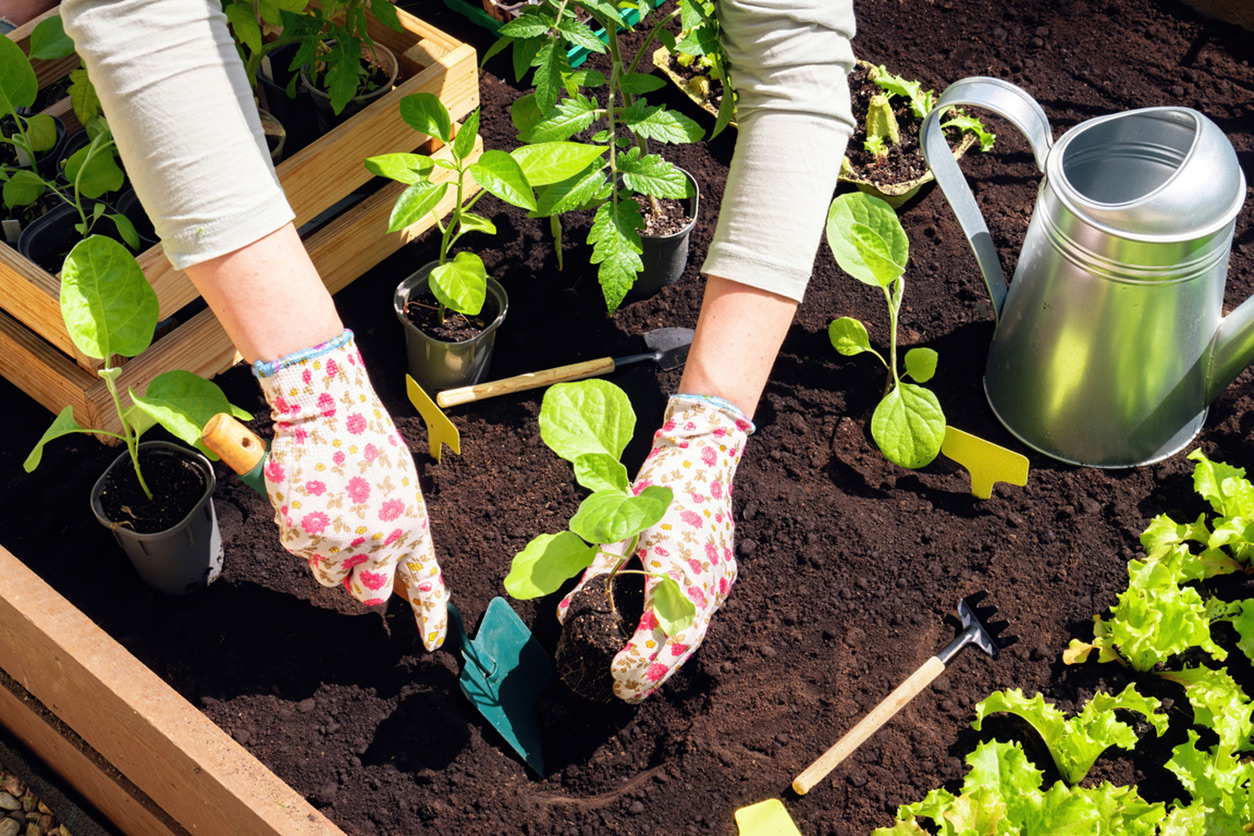
Sprout into Spring: Essential Gardening Tips and Tricks with Liv Building Products
Whether you’re a seasoned green thumb or a budding enthusiast, there’s something magical about watching your garden burst into life after the winter slumber. We’ve compiled some essential tips and tricks to help you cultivate your dream garden, to make this spring your most successful yet. It’s time to dust off those gardening gloves and embrace the beauty of spring.
Before you start planting, take the time to prepare your soil. Remove any weeds, break up compacted soil, and add organic matter like compost or aged manure to improve soil structure and fertility. Healthy soil is the foundation of a thriving garden.
Next, selecting the right plants for your garden can make all the difference. Consider factors such as your local climate, soil type, and sun exposure when choosing which flowers, vegetables, or herbs to grow. Opt for native plants whenever possible, as they are well-adapted to your region’s conditions and require less maintenance. Give your plants the nutrients they need to thrive by fertilizing regularly. Choose a balanced, slow-release fertilizer or opt for organic alternatives like compost or fish emulsion. Be mindful not to over-fertilize, as this can lead to nutrient imbalances and environmental pollution.
Planning your garden layout is crucial for maximizing space and sunlight. Group plants with similar water and light requirements together and consider companion planting to naturally repel pests and promote growth. Utilize vertical space with trellises or hanging baskets to make the most of limited space. Keep pesky pests at bay by practicing integrated pest management techniques. Monitor your garden regularly for signs of pests and diseases, and take action promptly to prevent infestations. Use physical barriers like row covers or companion planting to deter pests naturally.
Proper watering is essential for healthy plant growth, especially as temperatures rise. Water your garden in the morning to reduce evaporation and minimize the risk of fungal diseases. Aim for deep, infrequent watering to encourage strong root development, rather than shallow, frequent watering.
Mulching is a gardener’s best friend, helping to retain moisture, suppress weeds, and regulate soil temperature. Apply a layer of organic mulch such as wood chips, straw, or shredded leaves around your plants to conserve water and keep your garden beds looking tidy.
Make your garden a haven for both plants and wildlife by embracing sustainable gardening practices. Conserve water with rain barrels or drip irrigation systems, minimize chemical inputs by using organic pest control methods, and support biodiversity by creating habitat for pollinators and beneficial insects.
We hope these ideas will help you and your garden thrive. Now, roll up your sleeves, dig your hands in the dirt and let the beauty of spring unfold in your own backyard. Happy gardening!




